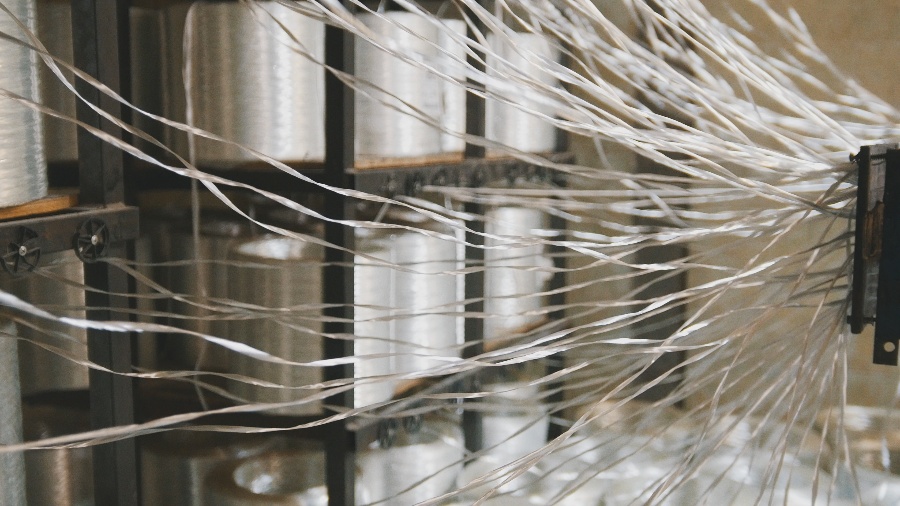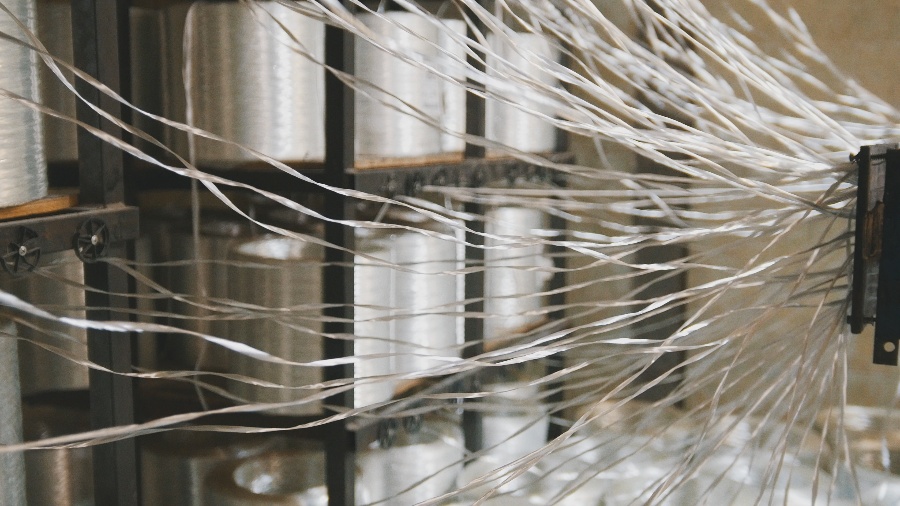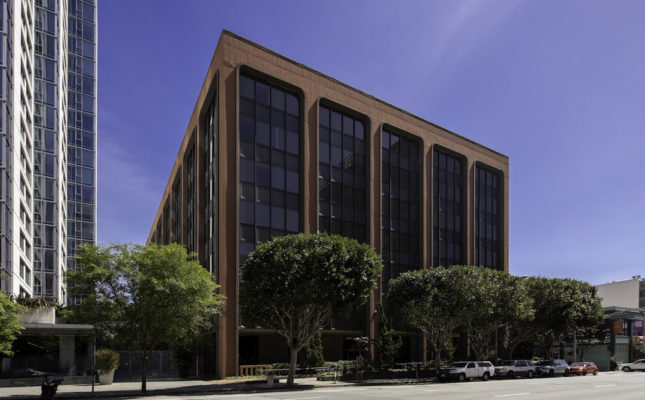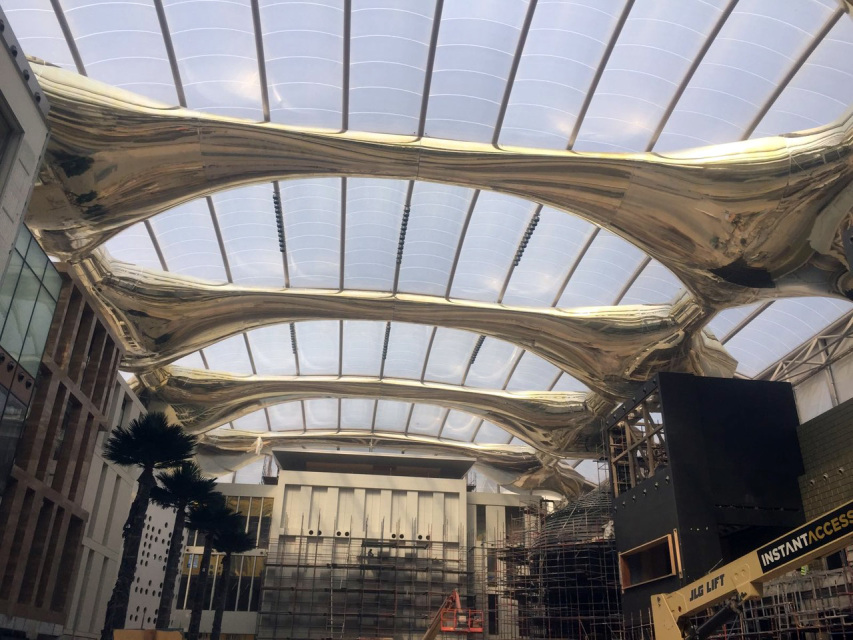
Did you know that glass fiber is used in many forms though many people do not realize this because the applications are mostly hidden?
Fiberglass is used as building and home insulation but mostly goes unnoticed as it is hidden behind drywall or out of sight tucked away in an attic.
Fiberglass is not a flashy material, but it is in demand and can be found everywhere. Korwin-Edson, a senior scientist at Owens Corning estimates over 40,000 applications are used as reinforcement glass fiber. On a global basis, manufacturers make some 5 million metric tons of fiberglass per year, used mainly for insulation and composites.
Since the 1930s, manufacturers have been commercially producing the wispy material which has gained traction as a thermal insulation material for buildings. However, since that time, manufacturers have learned to tweak the composition of glass fibers to provide properties that are suitable for different applications. Many of the basics and key materials ─ silica sand (mainly SiO2), soda ash (or sodium carbonate, Na2CO3), and limestone (CaCO3) ─ are still the same.
A composite ─ glass fiber and some type of resin such as polyester or vinyl ester ─ is made up of two or more ingredients. Sometimes, manufacturers may use another material known as carbon fiber.
Depending on the combination, the resulting composite can have different attributes that may make it better suited for particular applications.
In an article in Chemical & Engineering News entitled, What’s fiberglass, and how does the delicate material reinforce thousands of products, Pennsylvania State University’s John C. Mauro says that fiberglass is usually “behind the scenes”. Mauro ─ having spent nearly 20 years at Corning ─ is a materials scientist and glass specialist.
Grandview Research states that the amount produced in 2017 was worth nearly US$9.27 billion. Fiberglass will grow at a compound annual growth rate (CAGR) of 6.1% from 2019 to 2025. By 2025, that figure will climb to more than $21 billion.
Demand for long, lightweight and efficient corrosion-resistant profiles is driven by the construction sector. In addition, profiles with thermal and electrical insulation properties for wind energy production will spur market growth.
Properties of Fiberglass
Fiberglass has properties such as electrical resistance and electric insulation, used as a prime reinforcement material in high-pressure laminates for printed circuit boards (PCBs). Used in computers, consumer electronics, automotive, and telecommunication products, these PCBs are driving up the increase in the demand for fiberglass fabrics.
Fiberglass is also in products for commercial and end-user sectors like carpets, roofing shingles, ceiling tiles, and a wide range of construction materials. When fiberglass is combined with another material, the resulting product is a profile that is strong, stiff and lightweight suitable for use in vehicles. Such composite products can be used to build energy- and fuel-efficient profiles.
In the beginning, fiberglass began as inorganic silica sand, which, along with limestone and soda ash is heated to 2500 degrees Fahrenheit. Silica sand is in a molten form where special equipment pulls on the molten glass, stretching it into thin strands.
In contrast, carbon fiber starts out as long molecular strings bound together with carbon atoms known as organic polymers. In many cases, these polymers are turned into carbon fiber through the polyacrylonitrile (PAN) process. Polyacrylonitrile is the polymer used to manufacture carbon fiber.
The PAN process involves multiple steps spinning the polyacrylonitrile into fibers, making chemical alterations to stabilize it, then carbonizing and treating the surface of the fibers. With pultrusion, the result is a fiber even thinner than fiberglass. If this sounds complex, it is because it is.
Flexible
Fiberglass ─ because it is flexible and relatively supple ─ is a far better choice for applications that entail high flex patterns. The rigidity of a pultruded material affects its long-term toughness. The type of fiberglass known as E-Glass has a fiber strength of 3450 and a strength-to-weight of 564.
Fiberglass is generally considered tougher than carbon fiber since its more flexible nature allows it to withstand stress and physical abuse more easily.
At 70% the weight of fiberglass, carbon fiber is also over 25% higher in tensile and has 3 times the modulus when comparing equal size. Pultruded fiberglass and pultruded carbon fiber offer different performance and cost benefits to match the product's needs.
High Tensile Strength
The strength-to-weight ratio shows the strength of each material relative to its weight.
Carbon fiber has high tensile strength. This high tensile strength relative to area means that manufacturers need to use less carbon fiber when pultruding a given product. As a result, pultruded carbon fiber products used for tension strength can often get away with much thinner cross-sections.
Since less resin is used, it is also lighter. A disadvantage of carbon fiber is that it is relatively rigid so it is not suitable for flex applications. On the other hand, this extra rigidity enables manufacturers to meet far more precise stiffness needs.
However, the increased rigidity does not necessarily mean that carbon fiber makes a better choice for all applications. Carbon fiber has a lower breaking point than fiberglass which makes it more susceptible to damage over time and is highly conductive so avoidance of use in electrical or insulation environments should be considered.
Cost-Effective
Fiberglass is more effective than carbon fiber. Producing long carbon fibers is far more a time-consuming and difficult process, which means carbon fiber will be more expensive.
Similarly, the wide range of applications and uses suitable for fiberglass — including non-protrusion products — helps to ensure that its price-point remains far more competitive. In order to select the most appropriate material for your use, consider the needs and parameters of an application.
Talk to Us
If you’re looking for a fiberglass/carbon fiber manufacturer for your next project or would just like to know more about what pultruded products can do for your project, talk to us.
For more information about how to choose between pultruded fiberglass and pultruded carbon fiber, reach out to the pros at Tencom.















